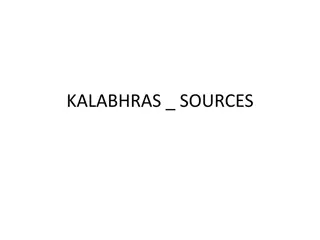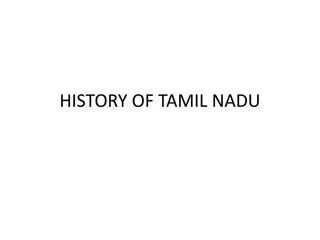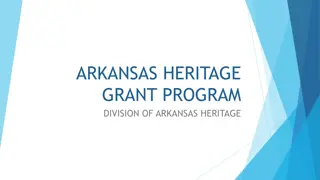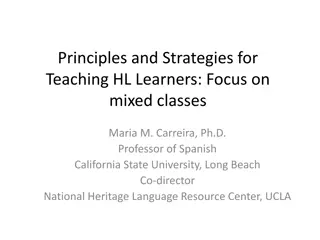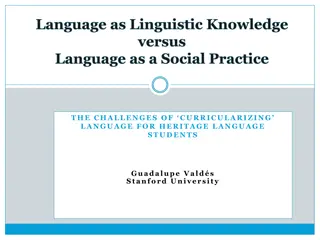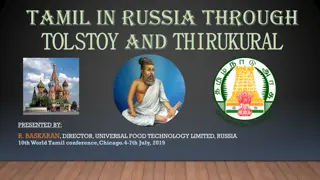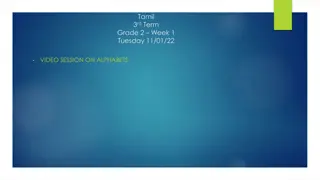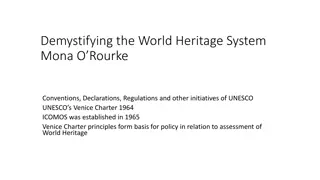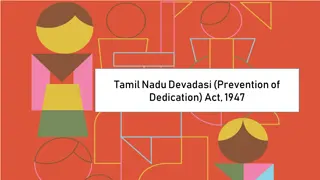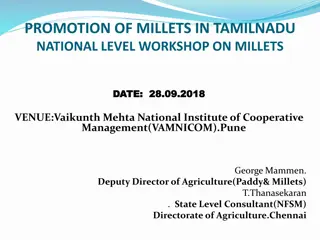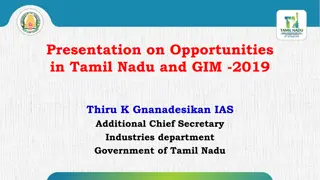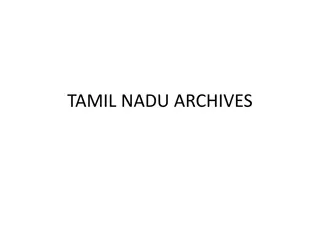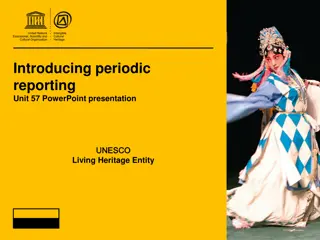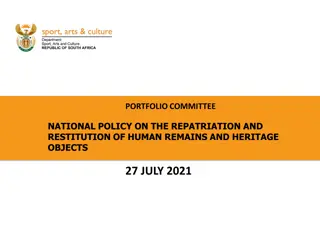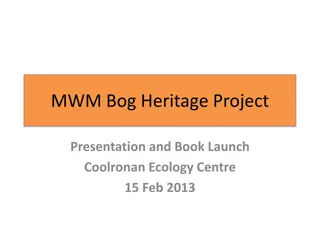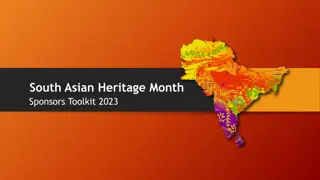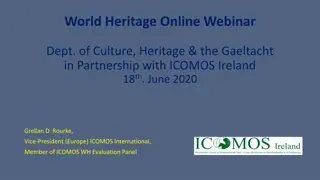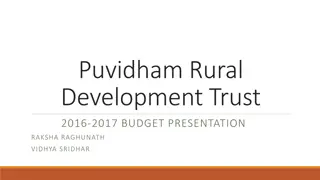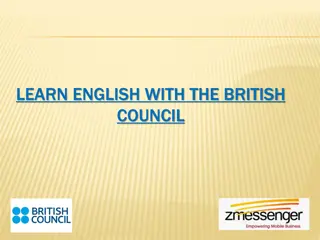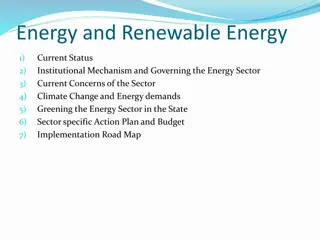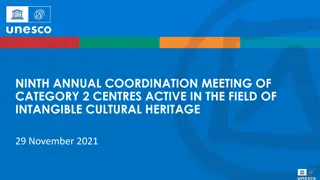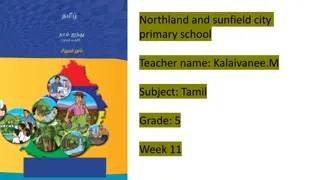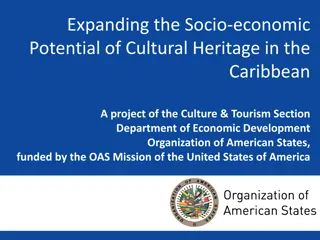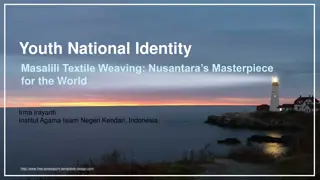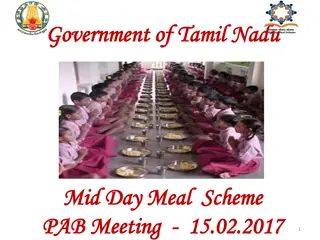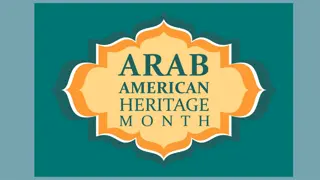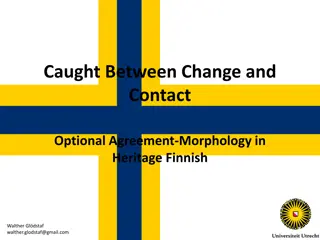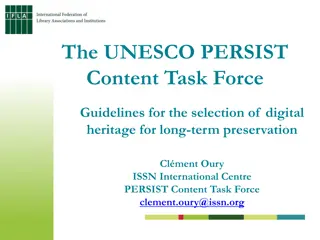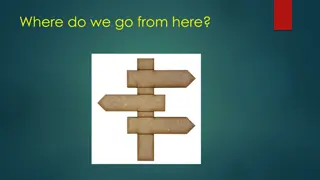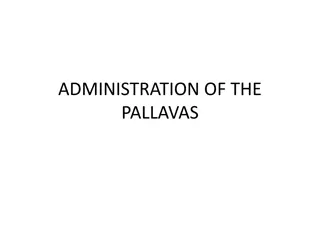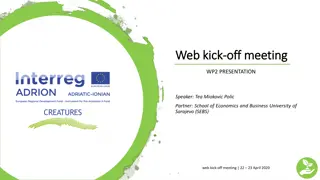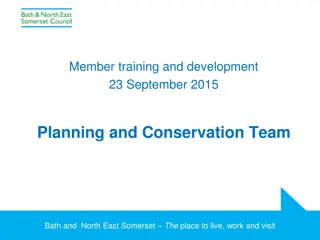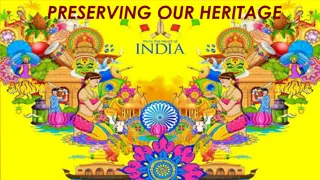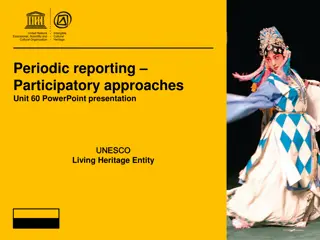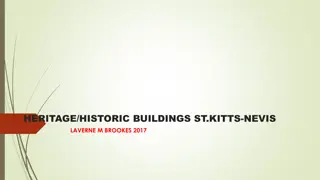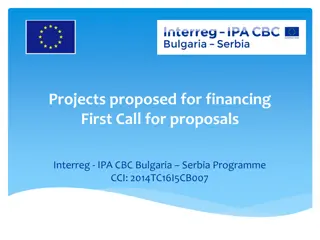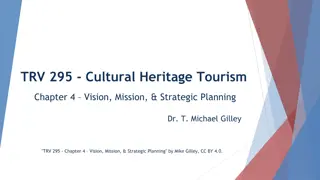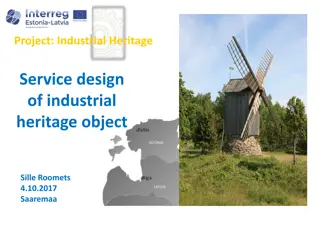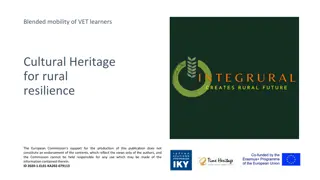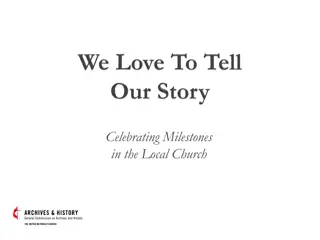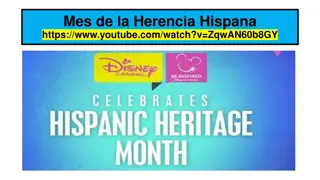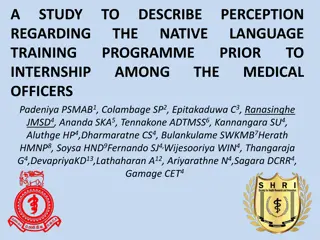Challenges and Strategies in Tamil Heritage Language Education
Delve into the complexities of Tamil heritage language education for diaspora learners, examining the diverse linguistic profiles and proposing differentiated curriculum designs to cater to various learner types. Explore the dynamics of heritage language environments and the concept of differentiated instruction in optimizing language learning outcomes for heritage learners.
Download Presentation

Please find below an Image/Link to download the presentation.
The content on the website is provided AS IS for your information and personal use only. It may not be sold, licensed, or shared on other websites without obtaining consent from the author. Download presentation by click this link. If you encounter any issues during the download, it is possible that the publisher has removed the file from their server.
E N D
Presentation Transcript
THE FUTURE OF TAMIL DIASPORA Vasu Renganathan University of Pennsylvania International Conference: Indian Languages in Diasporas Strategies of Retention and Modes of Transmission 29-31 Oct. 2015, M morial ACTe, Pointe- -Pitre, Guadeloupe
Four major types of Tamil Heritage/Diaspora Learners Type I True HLL (fluent in speech and comprehension) Type II Single-Track HLL (fluent in comprehension but not in speech) Type III Passive HLL (relatively less skill in comprehension) Type IV Fall-back HLL (almost like TLL born to Tamil parents) four types of activities to be proposed as part of the process of designing differential curriculum in Tamil.
HLL, TBL AND DIFFERENTIATED CURRICULUM Challenges involving language education for heritage learners: how can we distinguish between HLL and TBL based on their linguistic profiles? how can one design a differentiated curriculum that could fit the needs of both types of learners at any given classroom?
HERITAGE LANGUAGE ENVIRONMENT Heritage learners are challenged too much or too less than they are capable of As the linguistic profiles of each of the HLLs mostly show a personalized HL environment at home, community, or any other linguistic circles. One is not in a position to define any single type of target language speech context as the typical language acquisition environment for Diaspora population.
DIFFERENTIATED INSTRUCTION Differentiated instruction is a teaching theory based on the premise that instructional approaches should vary and be adapted in relation to individual and diverse students in classrooms (Tomlinson, 2001). Normally, differentiated instruction is focused upon four different aspects of language learning contexts namely content (lessons), process (activities), product (demonstration) and learning environment (classroom environment) and each of these categories needs to be formulated keeping in mind the proficiency levels of each participating student.
HERITAGE LEARNER All definitions can be said to be valid for particular communities in the U.S. and to be of value for specific linguistic tasks (i.e. teaching, linguistic maintenance, revival, etc). However, no sole definition is capable of embracing all and only such individuals that could conceivably be argued to fall under the heading of heritage language learner (Carreira 2004). --No single trait can be attributed to HLE
STUDY A set of heritage Tamil students belonging to --university as well as high school levels --heritage Tamil family members --questions relevant to identify the Tamil language speech context in their home and community --motivation levels of students as well as parents.
FORMALIZATIONOF LANGUAGE learning a formal grammar and knowing the formal variety of Tamil do not show any impact upon their language use and acquisition unless they are trained to specifically unlearn their informal knowledge of Tamil that they learned from social contexts and subsequently learn to negotiate between spoken and written variety, a process that can be termed as formalization of the knowledge of heritage learners (Renganathan, 2008).
FOSSILIZED SLANGSACQUIREDATHOME pu ukka p vudu might break appram lu afterwards ikkkun u vant kk if one arrives... epp ccum occasionally ennatte colla? varum rukku 'it appears as though s.t. might arrive' tiny bit what to say?
Occasional Immersion leads to occasional fluency, but the mono-lingual routine ruins it! every three years, we go for a six-week long vacations to India where I was forced to speak in basic Tamil to my large extended family many of whom did not know any English. My exposure to Tamil increased dramatically as well. At the end of every trip, (especially those taken when I was younger than 12 years of age) my spoken Tamil fluency increased somewhat noticeably by the end of the trip. However, I would quickly return to my previous level of Tamil proficiency after being back in the US and falling back into the normal routine of solely using English in school and at home. (HL student, Ramasamy).
OCCASIONAL FORMAL INSTRUCTION "... During the second semester, I learned basic grammar and improved my reading skills. Reading stories was difficult since my vocabulary is somewhat limited. Also, many of the words used were entirely different from the words used in spoken Tamil. Learning simple tenses in both spoken and written forms was confusing at times, but ultimately, learning each tense has laid the groundwork for me to be able to understand Tamil speech better. Having to distinguish between very different written and colloquial Tamil creates much confusion." (HL Tamil student Ramasamy).
DIFFERENT CATEGORIESOF HLLS Vald s (1997:14) posits for Spanish HLLs eight different categories that reflect the diversity of background and linguistic experiences of U.S. Latinos. At one end of this classification are the fluent speakers of a prestigious variety of Spanish while at the other end are those who have only receptive skills in a contact variety of rural Spanish.


